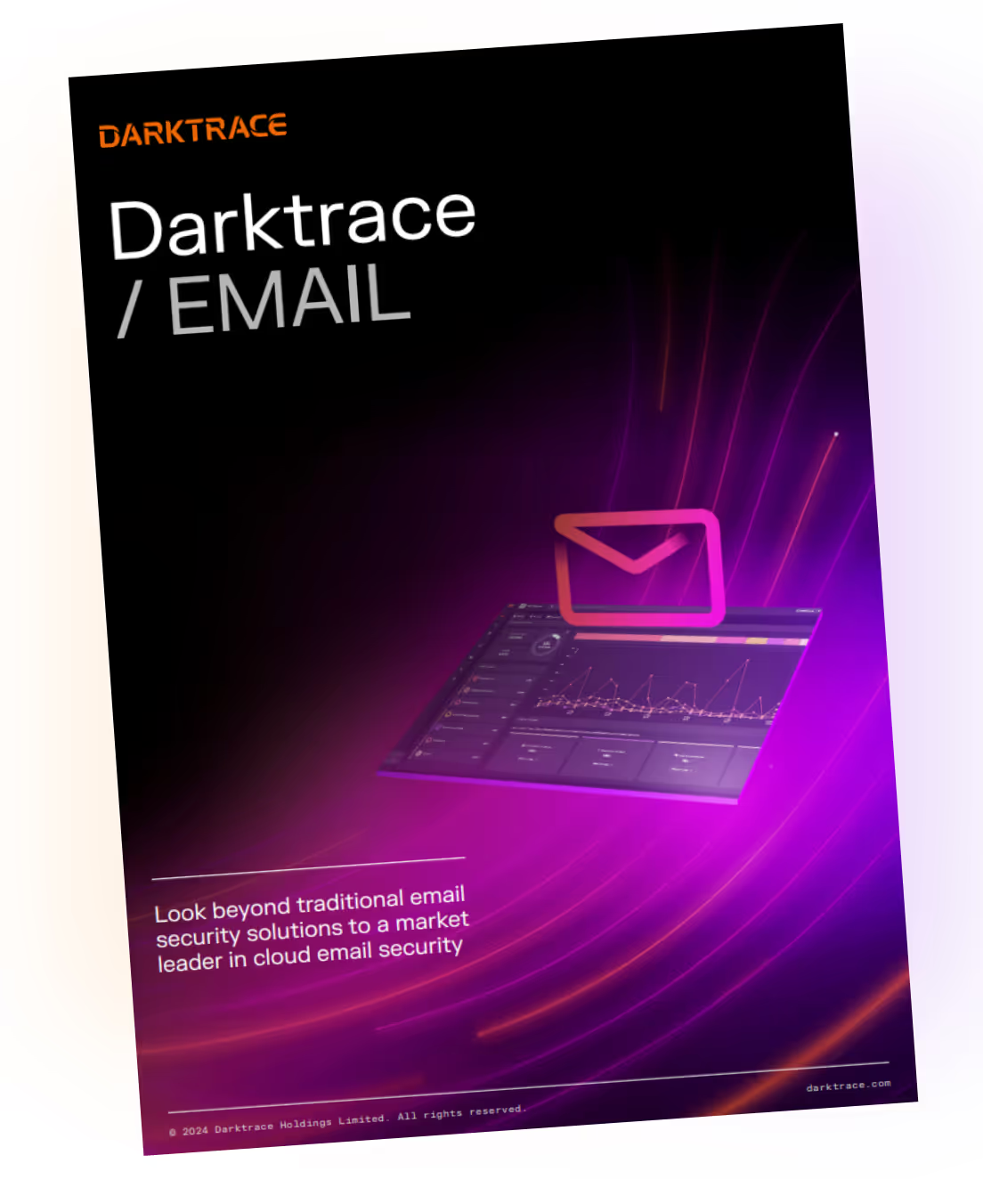What is email data loss prevention (DLP)?
Email DLP definition
Email data loss prevention is a cyber security concept referring to the reduction of potential risk associated with email activity that comes from the accidental or intentional leakage of valuable information via email.
How does email DLP work?
Email data loss can occur through acts by insiders or malicious threat actors. In the former, an individual at an organization may mistakenly or intentionally share valuable data or information with an untrusted or unknown recipient. In the latter, a threat actor who has compromised a system may exfiltrate sensitive data out of the network or even destroy data. In both cases this can be particularly difficult for security teams to manage.
Risks of email data loss
Most forms of email data loss contain a human element. While security training is prevalent at most organizations, humans still have the capacity for error. Also, social engineering attacks pose a security risk that targets human error and is difficult for traditional email security systems to combat. Email data loss can result in the loss of sensitive data such as:
- Credit card information
- Account credentials
- Intellectual property
- Financial information
- Health records
How to prevent email DLP?
Security awareness training
Security awareness training is a method of cyber-attack prevention that involves training members of an organization on how to spot common cyber threats and implement the best practices to reduce cyber risk. This can be useful to combat against socially engineered attacks that look to capitalize on human error.
Outbound email security
Sometimes unsolicited or malicious emails make it through inbound email gateways and into an employee’s inbox. Organizations will benefit from having outbound email security measures that can detect when an email is being sent to an unknown recipient or a spoofed email address, stopping the likelihood of data loss.
How email DLP protects against data loss in email communications
Audits and Monitoring: Email DLP relies on regular audits and automated monitoring to detect suspicious activity, policy violations, and security breaches. Monitoring systems trigger real-time alerts, while behavioral analytics and log reviews help identify potential threats and prevent data loss.
Data Classification: Proper data classification ensures sensitive information is adequately protected. By labeling data and applying access controls, organizations can prioritize security efforts, with highly confidential data being encrypted for extra protection.
Encryption of Sensitive Emails: Encrypting sensitive email content ensures that confidential information is protected during transmission. This includes using end-to-end encryption and TLS to secure data in transit. Organizations should implement automatic encryption policies for emails containing critical information, such as financial records or personally identifiable information (PII), to minimize the risk of interception.
Email Filtering and Blocking: Using robust email filtering helps block phishing emails, malware, and unauthorized data transmissions. Filtering systems should scan both incoming and outgoing emails for suspicious content or attachments, while outbound email filters can prevent sensitive data from leaving the organization without proper authorization.
Incident Response Plan: A strong incident response plan helps contain and recover from data breaches. This includes an established response team, clear procedures, regular drills, and communication with stakeholders and regulators.
Compliance with Regulations: Adhering to regulations like GDPR and HIPAA is vital. Implementing DLP policies, providing compliance training, maintaining thorough records, and conducting regular audits ensure regulatory compliance and reduce legal risks.
Shadow IT Detection: Detecting unauthorized tools and services, often referred to as "shadow IT," is important for preventing data loss. Monitoring for the use of unapproved email services or personal email accounts helps organizations enforce DLP policies and reduce the risk of sensitive data being transmitted outside secure systems.
Data Loss Prevention Policy Enforcement: Enforcing customizable DLP policies is key to preventing unauthorized data transmission through email. By applying real-time alerts and automated responses when violations occur, organizations can quickly mitigate potential data breaches. Regular updates to DLP rules help keep pace with evolving security challenges.
User Awareness and Training: Effective Email DLP includes training employees to recognize phishing attempts and suspicious email activity. Regular education on DLP policies and security best practices helps ensure that users know how to protect sensitive information and avoid risky behavior, like sending confidential data over unsecured email or opening unknown attachments.
Email Security Vendors: Darktace’s Approach to Email Security

Darktrace's revolutionary approach to email security doesn't rely on insights gleaned from past data. Instead, it develops in-depth insights into the usage patterns of each setting and user.
By analyzing this information, Darktrace / EMAIL can quickly detect, flag, and address deviations. Our leading AI technology develops a typical usage profile for every user, which includes their relationships, link-sharing patterns, tone and sentiment, content, and more.
Darktrace / EMAIL stops sophisticated security risks to businesses through email fraud, such as generative AI attacks, data loss, supply chain attacks, account takeovers, BEC, and ransomware, by understanding the human behind email communications instead of just basing strategies on past attacks.
Try our free demo or find out more about Darktrace / EMAIL in our Solution Brief.





